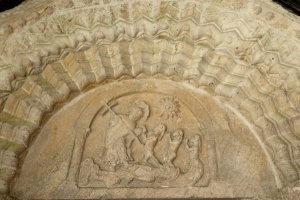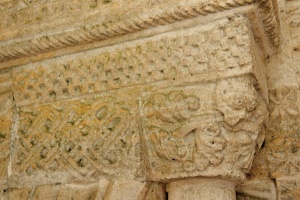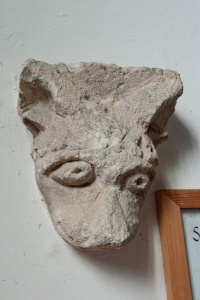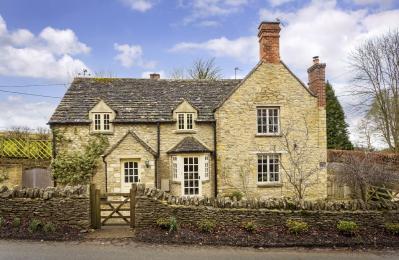
The Coronation of the Virgin was probably chosen as a theme because the church was originally dedicated to the Virgin Mary. At some point - probably at the Reformation - the church was rededicated to St Swithin.
The chancel windows date to the 13th and 15th centuries. St Swithin's was heavily restored in 1882, with the interior lacks the Norman influence so vividly invoked by the doorway carvings. The architect responsible for the renovations was Fredrick Waller, the same architect who restored Gloucester Cathedral. The church is usually open during daylight hours.
Visiting
I've been to St Swithin's twice, and each time come away absolutely stunned by the Norman carvings on both doorways. Why isn't this church more widely celebrated? The quality of the doorway carvings and the tympana are just extraordinary; the skill and attention to detail of the stone carvings make this one of the very best collections of Romanesque carving in England.






 We've 'tagged' this attraction information to help you find related historic attractions and learn more about major time periods mentioned.
We've 'tagged' this attraction information to help you find related historic attractions and learn more about major time periods mentioned.


